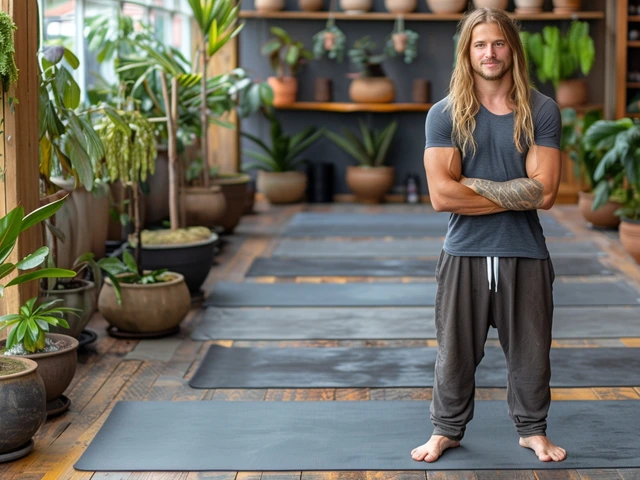Structural Bodywork: What It Is and Who Benefits
Here’s a blunt fact: chronic pain and bad posture often come from how your body holds itself, not just from injured tissues. Structural bodywork targets the way your body stacks—bones, fascia, muscles—and helps shift that hold so movement gets easier and pain drops. If you’ve tried massages that only ease symptoms for a day, structural methods like Rolfing, Hellerwork, or Ortho-Bionomy work deeper to change how you move long-term.
What structural bodywork actually does
Structural bodywork focuses on alignment and fascial patterns. Therapists use slow, specific pressure, guided movement, and hands-on re-patterning to free tight lines and rebalance posture. That can mean less neck pain, better breathing, fewer headaches, and smoother walking. Systems differ: Rolfing works through long sessions to reorganize fascia, Hellerwork pairs hands-on work with talk and posture coaching, and Feldenkrais uses gentle movement lessons to rewire how your brain controls muscles.
People with scoliosis, long-term desk pain, or post-injury stiffness often notice real change. For example, Rolfing clients with scoliosis report improved comfort and easier daily movement, while Ortho-Bionomy users often see pain reductions from tiny, gentle corrections. These approaches don’t promise quick fixes, but they aim for lasting shifts.
Choosing a therapist and what to expect
Find someone trained in the method you want—Rolfers, Hellerwork practitioners, Feldenkrais teachers, or certified Ortho-Bionomy therapists. Ask about training hours, client stories, and whether they offer a clear plan across several sessions. A good therapist will assess your posture, show you where tension patterns start, and explain realistic goals.
Sessions usually combine hands-on work and movement. Some methods use firm pressure; others are gentle. Expect a session to be an active process: you may move, breathe, or check posture while the therapist works. Results often build over multiple visits. Track small wins—better sleep, easier bending, less shoulder pain—rather than one dramatic change.
Safety note: structural bodywork is generally safe, but if you have recent fractures, certain surgeries, or active inflammatory conditions, check with your doctor first. Also speak up during a session—pressure should be strong enough to work but never cause sharp pain.
Want simple steps to try at home? Start with mindful posture checks: sit tall, breathe into your ribs, and do slow head turns to ease neck hold. Add short Feldenkrais-style movements or light self-massage along tight lines. These practices won’t replace hands-on work but can speed progress between sessions.
If you’re done with temporary fixes and want to change how your body moves, structural bodywork gives a different path: slower, deeper, and focused on long-term function. Pick a trained practitioner, set clear goals, and treat it like a short course in learning to use your body better.

Say Goodbye to Body Pain with Hellerwork
Ever been plagued by body pain that just won't quit? I was, until I discovered Hellerwork - a life-changing structural bodywork therapy. In this post, I dive into enlightening details about how Hellerwork works magic to alleviate chronic body pain. We'll examine its roots, its methodology and how it integrates physical and emotional facets of healing for effective and holistic pain relief. Join me if you're ready to say goodbye to body pain.
Categories
- Health and Wellness (148)
- Alternative Therapies (86)
- Massage Therapy (40)
- Travel and Culture (15)
- Beauty and Skincare (9)
- Holistic Health (8)
- Health and Fitness (5)
- Spirituality (5)
- Other (2)
- Personal Development (2)
Popular Articles



